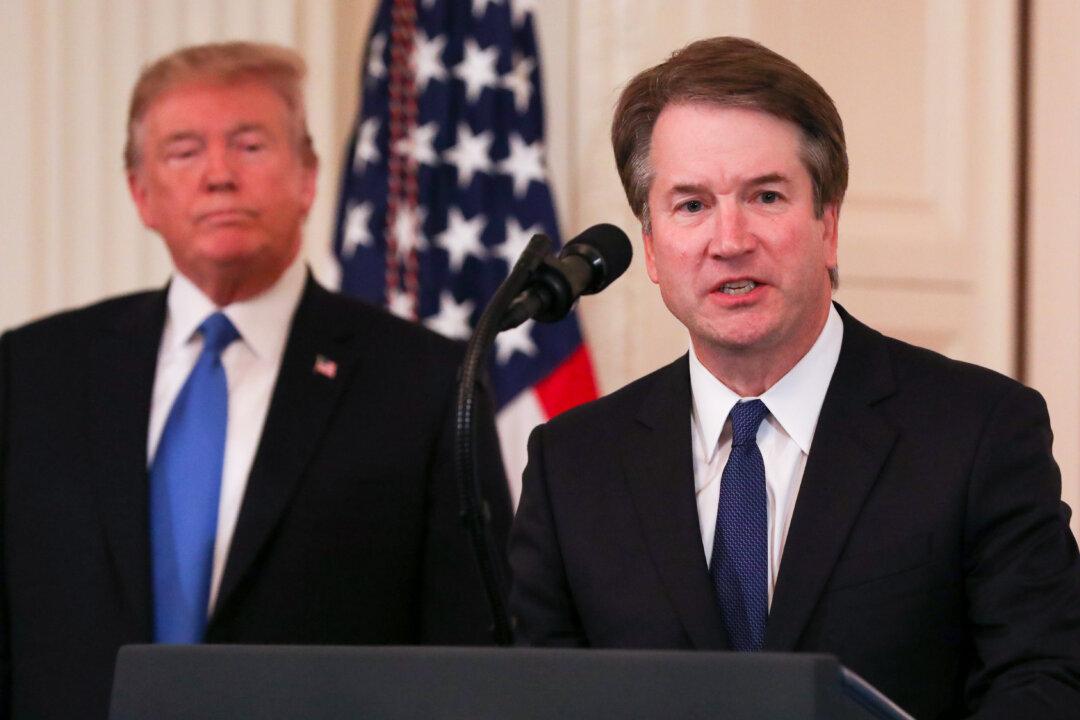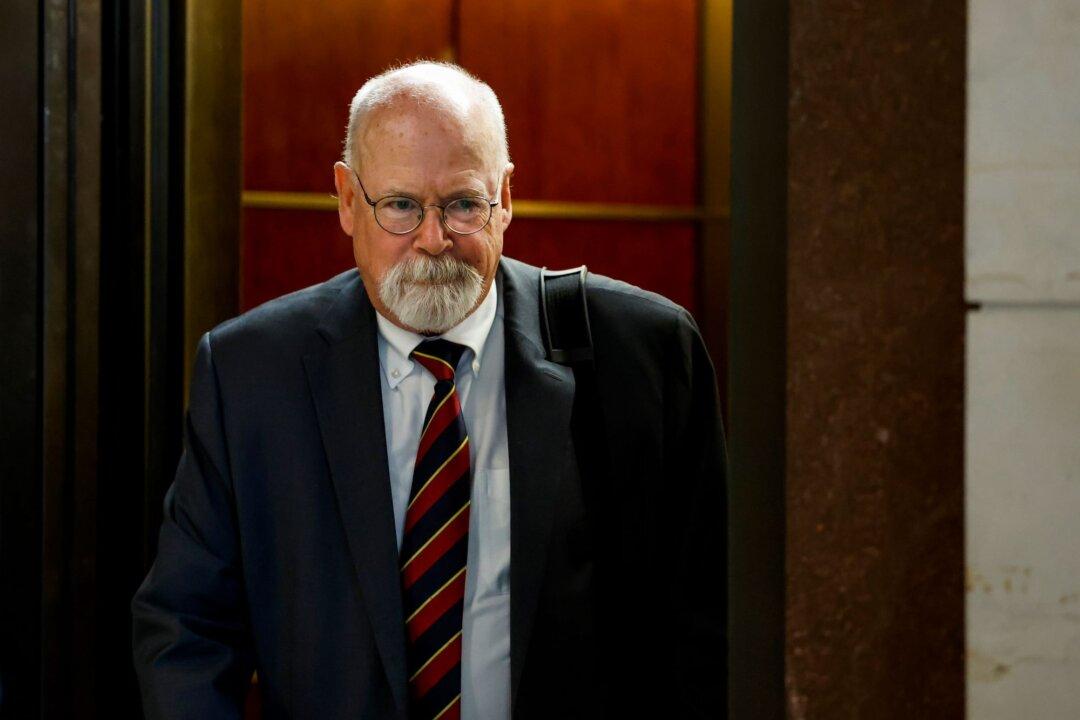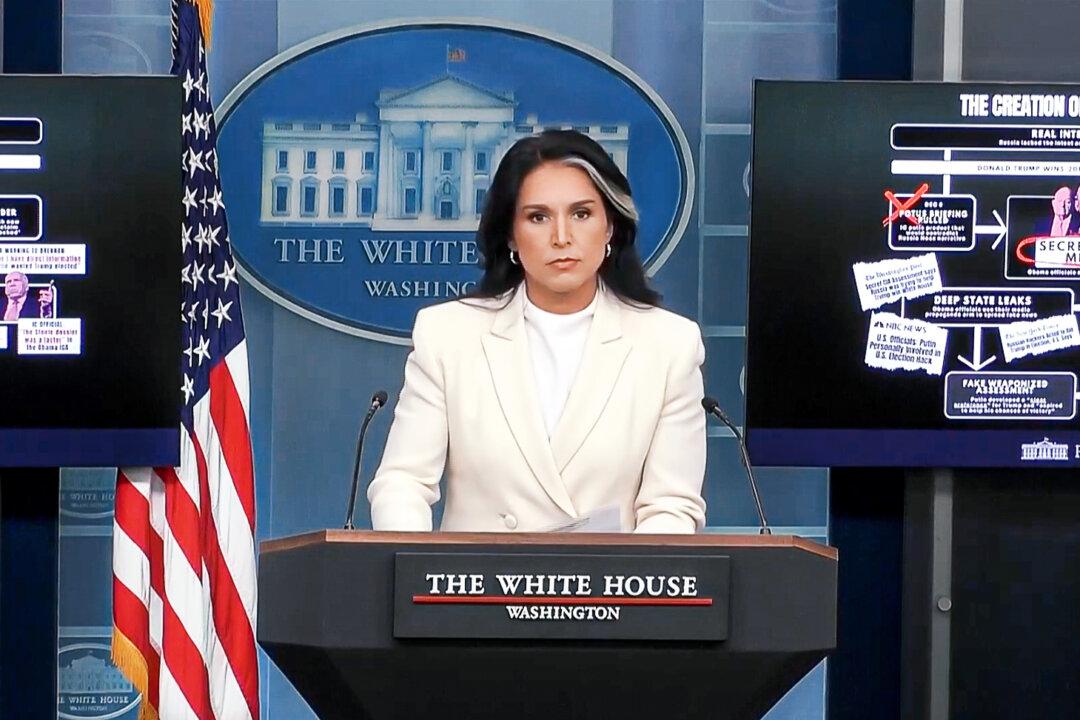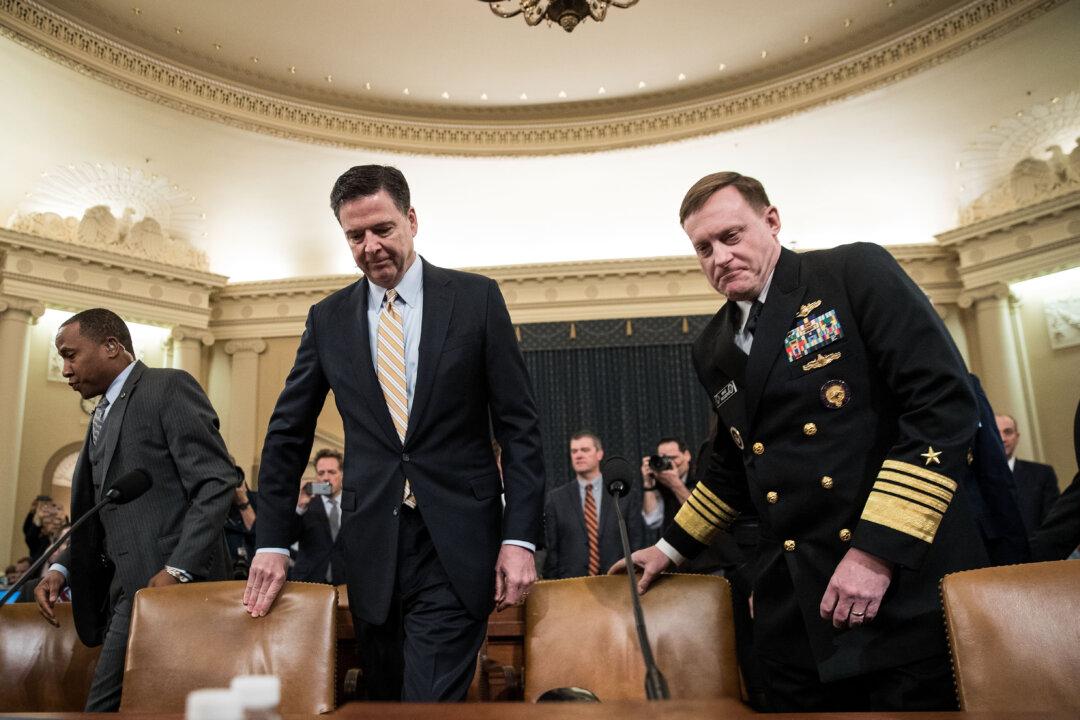President Donald Trump has nominated conservative federal circuit judge Brett Kavanaugh to replace Supreme Court Justice Anthony Kennedy.
Trump introduced Kavanaugh in a primetime address at the White House on the evening of Monday, July 9. The nomination capped off more than a week of speculation after Kennedy announced his retirement on June 27.





